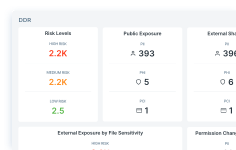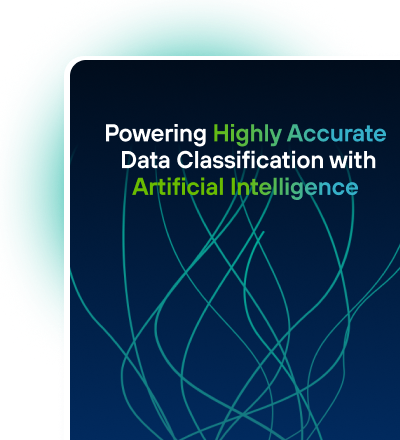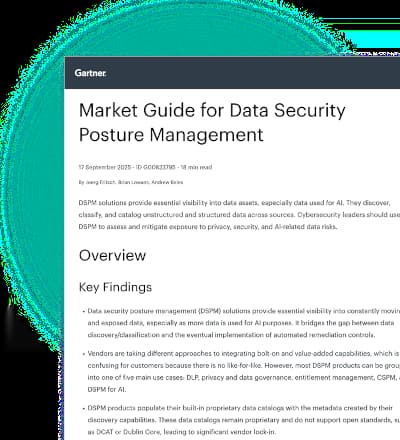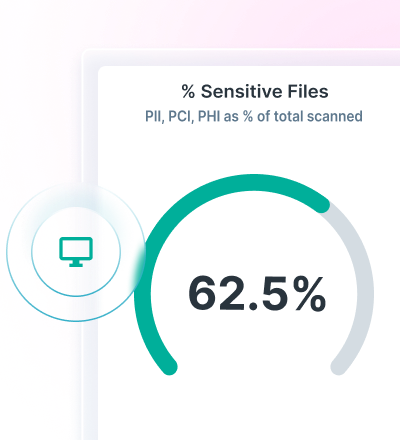What is SASE? Secure Access Service Edge

An Overview of SASE
The IT landscape for many organizations is evolving. As technology continually changes, organizations have to consider both the increased benefits and new risks that come with hybrid workers—employees who work both remotely and in an office. They are accessing applications and data on the web, in the cloud, and in private data centers from a variety of locations—the U.S. workforce will be 60% remote by 2024—and many are using their own devices (BYOD).
The new landscape requires a modern solution that offers hassle-free connectivity from anywhere while providing security everywhere. Secure Access Service Edge, or SASE, is a powerful IT solution that can help your organization better protect their data and technologies your employees use, whether they’re on site or remote
What is SASE?
Secure Access Service Edge (SASE) (pronounced “sassy”) is a digital security strategy deployed with a cloud-based model that combines networking and digital security into one platform to provide fast, safe computing and secure access to data for users, any device, any time, anywhere.
Consider a modern use case: An employee has returned to the office a couple days a week, after being fully remote due to the pandemic. While working remotely she is notified of a critical issue that requires her immediate action. SASE allows the employee to quickly log into the work applications she needs and grants her access to necessary data, with a few clicks on her laptop. SASE makes it easy to have a single set of security policies that follow any employee wherever they go
The Major Components of SASE
SASE combines the protection from Security Service Edge (the set of capabilities needed to achieve SASE’s security features) with multiple network and security technologies into a single solution. This solution contains the following features: CASB, ZTNA, SWG, and SD-WAN. Each component contributes to building a safe, reliable network without sacrificing quality or speed.
Cloud-access security broker (CASB)
CASB functions as the bridge between users/devices and cloud applications. If your applications were a nightclub, the CASBs would be the bouncers. They are a key form of security. It allows the organization to apply security policies, two-factor authentication, and single-sign on to all the cloud applications that people are supposed to use, keeping unauthorized devices and individuals out of critical assets without barring access to those who need it.
Zero-Trust Network Access (ZTNA)
ZTNA stands for Zero-Trust Network Access. It requires users/devices to provide explicit permission to access applications. It’s just as if the user was physically in the office and needed to scan their badge to access restricted areas; they would have to scan the badge every time they wanted entry.
This is a very important security component because it enables internal private applications to be hidden from users who shouldn’t have access, but are visible and functional to those who do. It also allows for greater remote access by layering authentication. ZTNA provides agile security that is incredibly adaptable and capable of handling modern security needs.
Secure Web Gateway (SWG)
SWG stands for Secure Web Gateway, and it functions much like a sieve on the network to filter out what shouldn’t be there. It also enables organizations to enforce their Acceptable User Policies, keeping attackers out while keeping sensitive data in.
SWG includes other features that ensure safer functionality without sacrificing the user experience. For example, Remote Browser Isolation (RBI) insulates users from websites that may have been compromised. And Content Disarm and Reconstruction (CDR) automatically santizes downloaded files, enabling users to safely use content from the web, even if it has been compromised.
Furthermore, SWG inspects encrypted traffic and ensures that users are only going into areas that they are cleared to access and have been deemed as safe. Because this is integrated within the whole SASE platform, it allows for this function at cloud scale.
SD-WAN
SD-WAN stands for software-defined wide area network. It provides a safe, direct connection to the internet typically for branch offices and remote sites. Pairing this with the security techniques of SSE, SD-WAN allows users to connect to all of the applications and data they need to be productive.
SD-WAN also takes the heavy lifting out of networking. So your organization won’t need dedicated networks such as the old telco-based MPLS lines, as this uses a completely cloud-based network approach. This allows for fast, quality networking because the need to send all traffic back through a central choke point has been eliminated. Instead, it offers depth, traffic-scanning abilities to detect suspicious traffic or unusual behavior patterns
Why is SASE Necessary?
SASE provides consistent security to all employees regardless of their location.
In the modern threat landscape, SASE keeps users safe without having to sacrifice performance or security. Legacy security approaches, such as castle-and-moat (where users outside the network aren’t able to access data on the inside, but users inside the network can) simply cannot contend with modern use cases like remote workers and cloud applications. Flexibility and adaptability can make or break a security solution, and SASE’s fluidly provides both
What Are the Benefits of SASE?
SASE is critical in a modern IT environment for several reasons. First off, it’s a centralized management system, which provides safe access for users regardless of their location, and requires less monitoring and maintenance. It also provides a great ROI for those migrating to a SASE architecture from a series of adhoc systems or older security models, because SASE allows the organization to streamline the process and eliminates additional spending on maintaining multiple vendors. It also delivers higher performance with less latency. SASE adjusts to new threats and grows with your organization.
Check Out the Forcepoint SASE Readiness Assessment to see how far along you are in your SASE Journey
What Are the Challenges of SASE?
The biggest challenge for implementing SASE is finding the right security partner. It needs to be a fully integrated platform, not a collection of disparate tools cobbled together. The platform provider also needs to have the right experience and be fluent in both security and networking.
Secure For Tomorrow, Today
SASE allows your organization to stay agile—capable of adapting to the new IT threat landscape with a solution you won’t outgrow.
Forcepoint is a leading provider of cloud-based security solutions, including SASE. The Forcepoint platform lets your organization connect securely to applications and data with any device on the web, in the cloud, and even private data centers. Expand your boundaries with Forcepoint by signing up for a FREE Demo today.
Related
Secure SD-WAN: The Network Component of SASE
Webcast ansehenThe Painless Guide to Security Service Edge (SSE)
E-Book lesen










